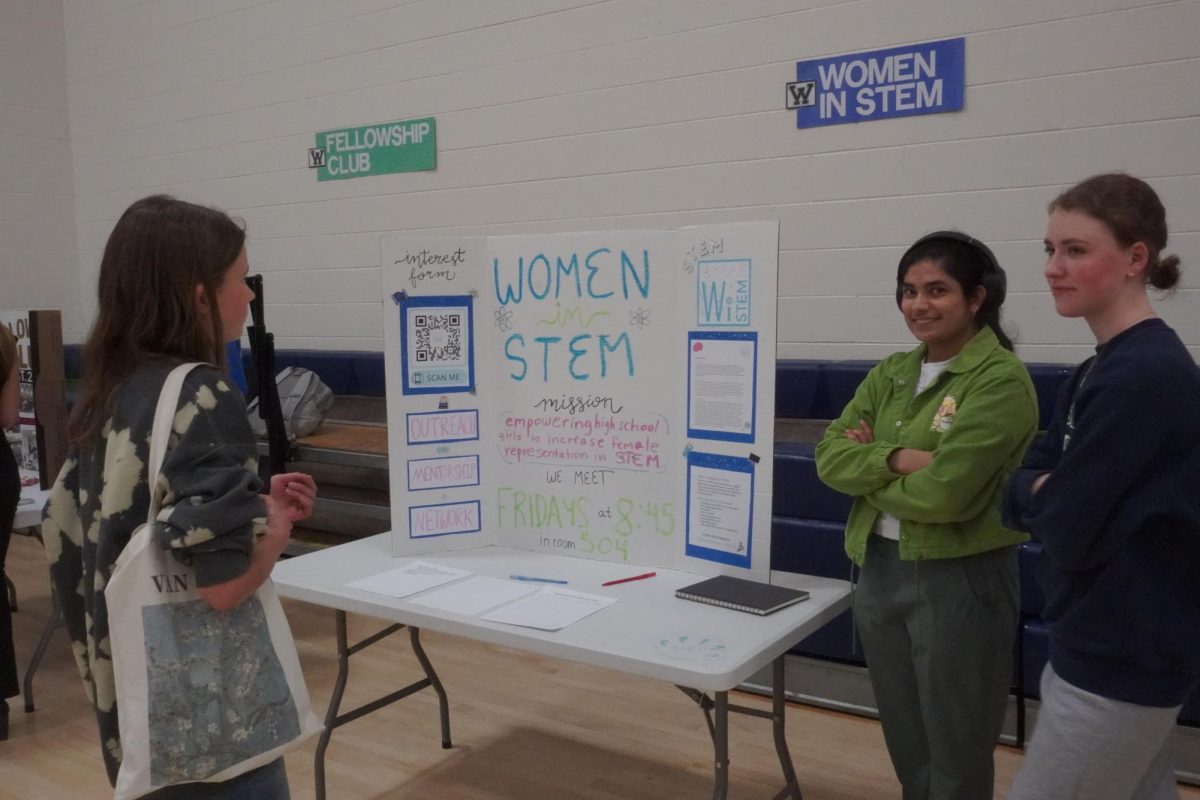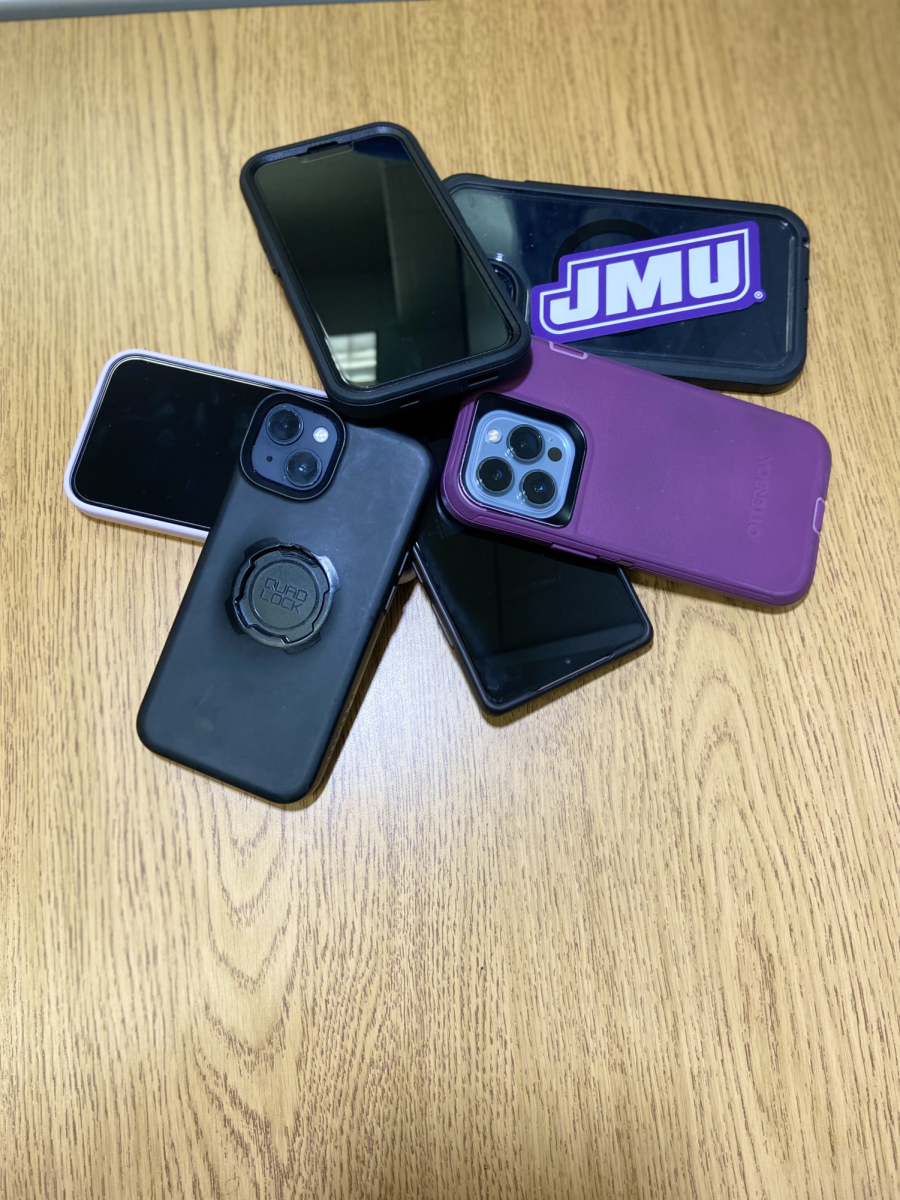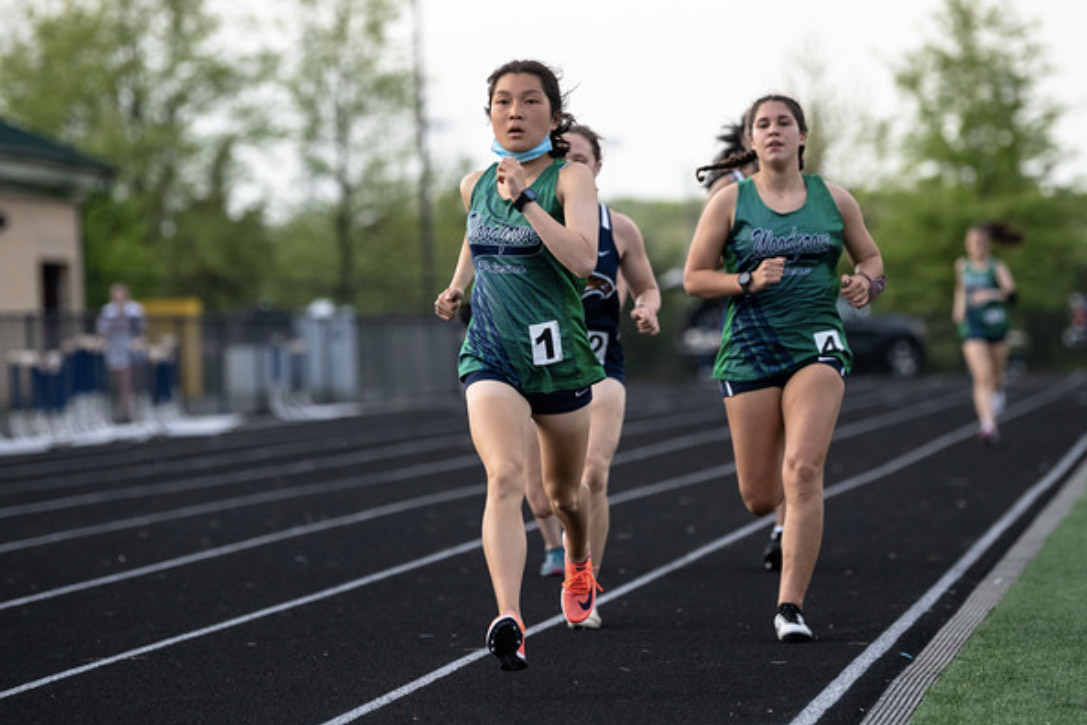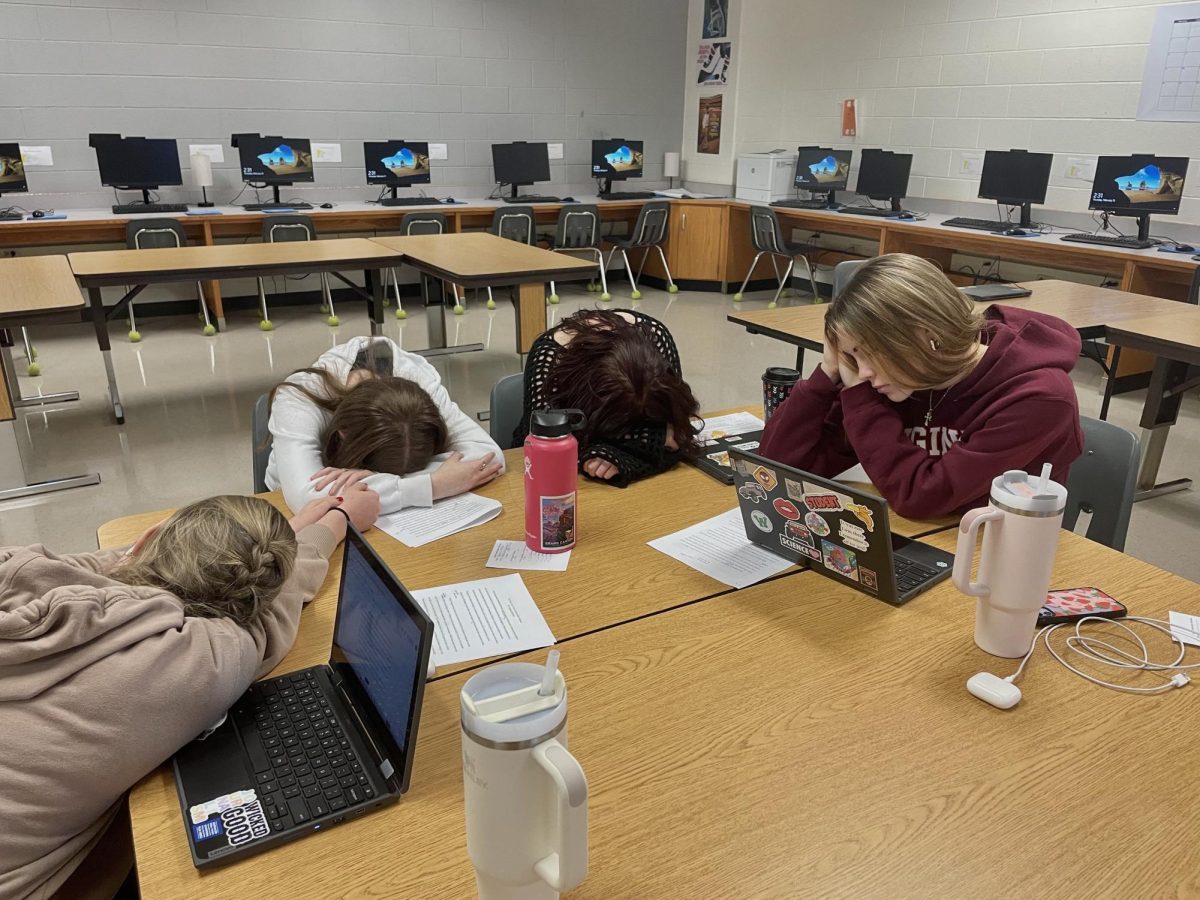“I love ISR” is not a sentence that many expect a student to willingly tell others. Yet, ISR is not the infamous In-School Restriction consequence, but quite the opposite. Independent Science Research in Loudoun County provides students opportunities to take part in the professional scientific community through a yearlong research project. Unlike your elementary school science projects, ISR leads to a yearly science fair that is recognized at the international level by the Society for Science, a non-profit organization based in Washington, D.C. This fair students participate in is known to many as RSEF or The Regional Science and Engineering Fair. Students work to compete at the regional level to potentially be selected to participate nationally and, much less often, internationally.
The first fair to ever occur was in Philadelphia, Pennsylvania in 1950. Thirty finalists competed for acclaim and prizes totaling $1,000 in scientific equipment. Today, students compete for 400 separate awards with total financial compensation of up to $8,000,000, a significant increase. Much of this expansion is brought about by an increase in scientific knowledge, interest, and specialties. But competition has not expanded just internationally, but locally.
Mr. Matthew Young, Woodgrove’s only ISR teacher, has taught in Loudoun County for over 20 years. He is one of the few that has seen this unique class develop over this time period, as it was not always the esteemed class it is now. Periods of this class were required to do research along with Honors Earth Science and again in the Honors Biology curriculum. Students were often overloaded with work and could not devote as much project time as ISR allows. This joint project learning system was most likely due to lack of interest and limited project potential. However, Young played a pivotal role in developing the ISR program. He states, “I have been mentoring students on their research projects for the past 24 years.” His true passion is not even just projects, but the people creating them. “My favorite part of teaching this course is the daily conversations I can have with some of our best students and share in their successes,” he says. This passion coupled with his competitive nature, has allowed students at Woodgrove to taste previously unattainable success in the professional scientific community.
With our dedicated teacher, supportive administration, and high-achieving students at Woodgrove, our school has witnessed the most successful stretch of awards and accolades over past years. This year classes came home with quite the bag, as seven students came home with a monetary award and a total of six first, second, or third placements in their respective categories. This class does not just reward students with recognition, but also scientific skills and communal values. Senior Emily Tran has participated in this class for two years with separate projects, the first being a multi-purpose tool to use on cross country spikes and the second being a study that showed a correlation between increasing skin pigmentation and increasing faucet reaction time and further developing a new design. Tran is a true exemplary student that has helped first-year students in the class while developing skills of her own over the past two years. She describes the class and amicable students as “very supportive and tight-knit.” She furthered that, saying, “Everyone is always curious about other people’s projects and willing to…help you along your research journey.”
Despite the supportive environment Tran describes, the class poses many challenges, especially at the science fair. With the establishment of the Academy of Science, Academy of Engineering and Technology, and the Monroe Advanced Technical Academy in 2005, other LCPS high schools schools in the county have seen a decrease in podium placements. While the students attending these programs are deserving of their spots through rigorous entrance exams, they have access to equipment and funding that students across the county lack. To some, this can be seen as unfair, yet for others this can be used as an opportunity to lobby for greater contributions and funding for public programs. Whether or not this funding comes to fruition, both Woodgrove and Woodgrove students dually enrolled at the Academies competed and experienced immense success this year.
A New Age of Independent Science Research
May 28, 2024

Donate to The Woodgrove Outlander
$110
$500
Contributed
Our Goal
Your donation will support the student journalists of Woodgrove High School. Your contribution will allow us to purchase equipment, attend conferences, and cover our annual printing and website hosting costs.








